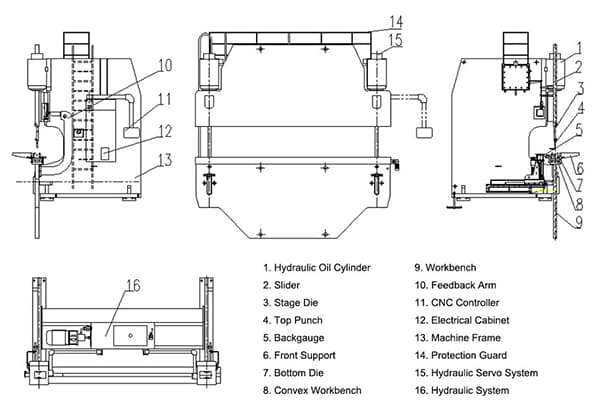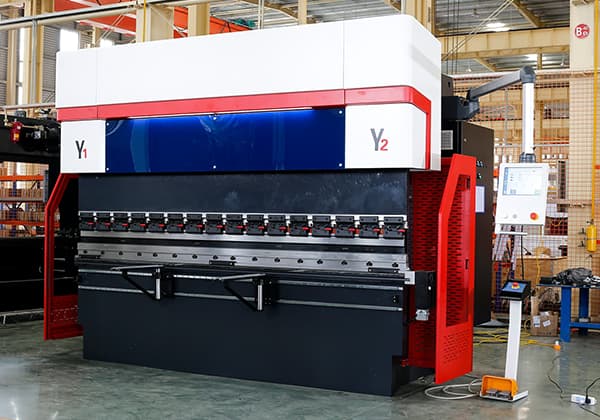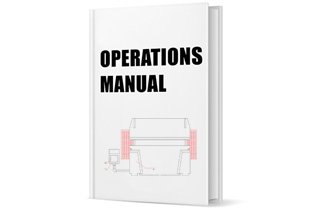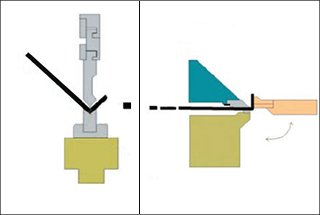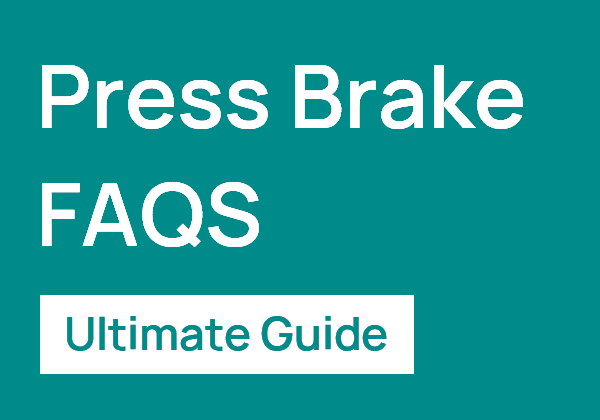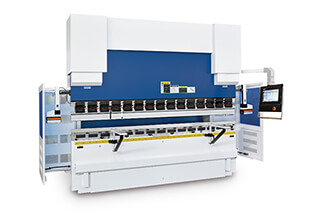
Have you ever wondered about the origins of the term “press brake”? In this captivating blog post, we’ll embark on a fascinating journey through history to uncover the reasons behind this curious name. As a mechanical engineering expert with years of experience, I’ll shed light on the evolution of this essential metalworking machine and its vital role in shaping the world around us. Get ready to discover the secrets behind the press brake!
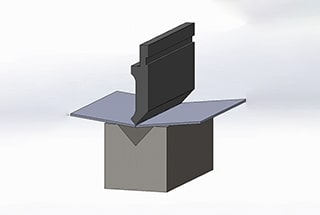
If this is your first time encountering the term “press brake”, you might be unfamiliar with its significance in metal fabrication. Let’s delve into the essence of this crucial machine.
A press brake is a sophisticated metalworking tool engineered for precision bending of sheet and plate materials, predominantly steel, but also aluminum, copper, and other malleable metals. It operates by clamping the workpiece between a carefully matched punch (upper tool) and die (lower tool), applying controlled force to create predetermined bends with high accuracy.
This versatile machine is a cornerstone in various metalworking industries, playing a vital role in manufacturing components for a wide array of applications. From automotive body panels and aerospace structural elements to HVAC ductwork and architectural features, press brakes are indispensable in shaping the metal world around us. Their ability to produce complex bends, angles, and forms with repeatable precision makes them essential in fabricating parts for vehicles, aircraft, construction equipment, consumer goods, and industrial machinery.
Modern press brakes often incorporate advanced CNC (Computer Numerical Control) systems, allowing for programmable bend sequences, automatic tool changes, and integration with CAD/CAM software. This technological evolution has significantly enhanced productivity, accuracy, and the ability to handle complex bending tasks efficiently.
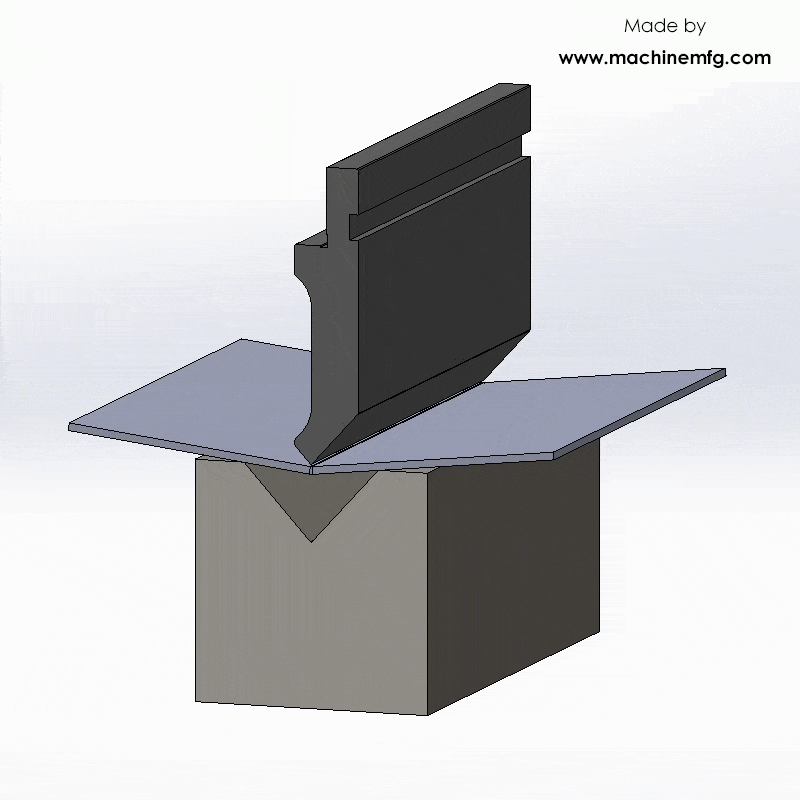
In the metalworking industry, a press brake is a sophisticated machine tool engineered specifically for bending sheet and plate materials, with sheet metal being the predominant medium. This versatile equipment is crucial in fabrication processes, capable of handling various metals including steel, aluminum, and copper alloys.
The press brake employs a precision clamping mechanism where the workpiece is securely positioned between a matched punch and die set. This configuration enables the creation of highly accurate and repeatable bends, with tolerances often achievable within ±0.1mm. The bending process occurs as the punch descends, applying controlled force to deform the material against the die’s profile.
Related reading: What Is Press Braking?
Currently, there are five widely used types of press brakes in the metal forming industry, each offering distinct advantages, limitations, and optimal application scenarios. While hydraulic press brakes remain the most prevalent due to their versatility, other types have gained traction for specific manufacturing needs.
The following are the five main types of press brakes:
Each type of press brake has its place in modern metal fabrication, with selection depending on factors such as required tonnage, bend accuracy, production volume, energy efficiency, and budget constraints. The ongoing trend towards smart manufacturing and Industry 4.0 is driving further innovations in press brake technology, particularly in the areas of automation, real-time monitoring, and integration with CAD/CAM systems.
A press brake is a critical machine in the metalworking industry, utilized for precision bending and forming of sheet metal and plate materials. This versatile equipment employs a hydraulic, mechanical, or servo-electric system to apply controlled force between a top punch (or ram) and a bottom die, effectively deforming the workpiece to achieve desired angles, profiles, or complex geometries.
Modern press brakes are typically operated through advanced Computerized Numerical Control (CNC) systems, enabling highly accurate and repeatable bending operations. These sophisticated controllers allow operators to program and execute complex bend sequences, incorporating parameters such as bend angle, depth, speed, and material spring-back compensation. For more specialized applications, some press brakes feature additional axes of motion, such as crowning systems for uniform bend angles across long workpieces or back gauges for precise positioning.
The capabilities of press brakes extend beyond simple V-bending, encompassing techniques such as air bending, bottoming, coining, and hemming. The selection of tooling (punches and dies) plays a crucial role in determining the achievable bend radii, angles, and overall part complexity. Advanced press brakes may also integrate features like automatic tool changers, robotic material handling systems, and real-time bend angle measurement for enhanced productivity and quality control.
To gain a comprehensive understanding of press brake operations, including the interplay between machine mechanics, tooling selection, and CNC programming, we recommend viewing the following video demonstration.
As we delve into the topic of press brakes, a common question that arises is why they are called “press brakes” instead of simply being referred to as bending machines.
In modern times, the term “press brake” is used to describe a hydraulic bending machine that is specifically designed for sheet metal bending.
However, the origins of the term may not be immediately clear to everyone.
Like many, I too was once perplexed by the use of the term “press brake.” It made me question whether the term was an accurate description of the hydraulic bending machine.
After conducting extensive research on the topic, I have finally discovered the answer.
It’s worth noting that the term “press break” is incorrect as nothing is being broken or shattered.
So why is it called a press brake? Let’s explore this question in more depth.
It is commonly understood that the word “brake” in modern usage means to slow or stop. However, in the 15th century, the definition of “brake” was quite different. It was used to describe an instrument for crushing or pounding.
As time passed, the term “brake” became associated with the machine used for crushing grain. Therefore, when referring to a machine used for pressing, the term “press brake” emerged as the simplest term to use.
Over time, the two terms became synonymous and began to hold the same meaning.

The Old English verb “brecan” and its Middle English form “breken” were the predecessors of the modern English verb “break”. They meant to divide solid objects into parts violently or to destroy.
The term “brake” is closely related to “break” and has its origins in the 15th century, where it was used to describe an instrument for crushing or pounding. Eventually, it became associated with the machine used for crushing grain, and then later, the term “press brake” was coined to describe the machine used for pressing and bending sheet metal.
Interestingly, in modern sheet metal bending, the Middle English verb “breken” or “break” is used to refer to bending, changing direction, or deflecting. Even a light beam can be “broken” by using a mirror.
Therefore, it can be said that the verb “brake” in the context of a press brake refers to a machine that bends sheet metal.
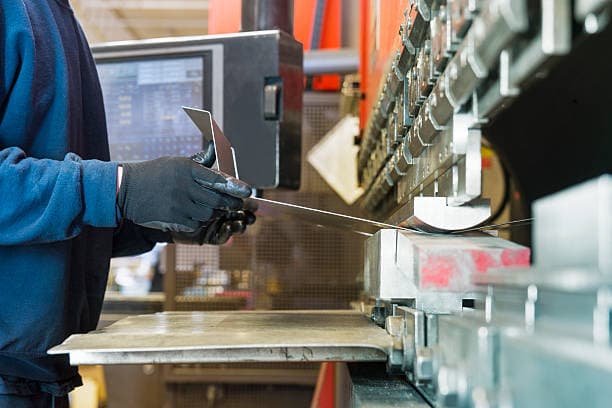
You might be curious about why the term “press brake” includes the word “press.”
In the 13th century, “presse” was used as a noun meaning “to crush or crowd.” Later, in the 14th century, “press” was used to refer to a device for pressing clothes or squeezing juice from grapes and olives.
As time passed, “press” evolved to mean “a machine that applies force by squeezing.” For sheet metal fabricators, the punches and dies that exert force on the sheet metal to make it bend were referred to as “presses.”
This is where the term “press brake” originated.
Different types of sheet metal bending machines are named based on the power source that actuates the machine, the tools used to bend the metal, and the type of bend produced. For instance, a leaf brake uses an upward-swinging leaf to bend the metal.
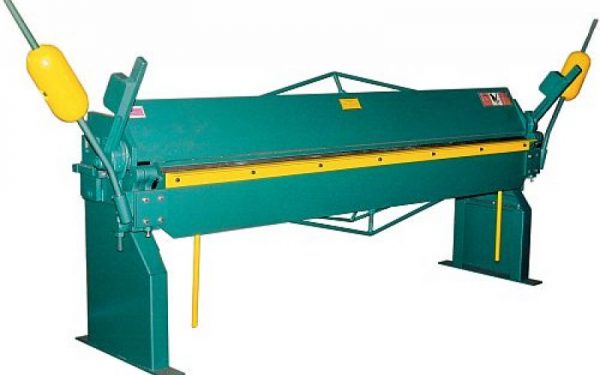
A box brake, which is also commonly known as a pan brake or finger brake, is a machine tool that is primarily used for forming boxes or pans from sheet metal. This is achieved by bending the metal around segmented fingers that are attached to the upper jaw of the machine.
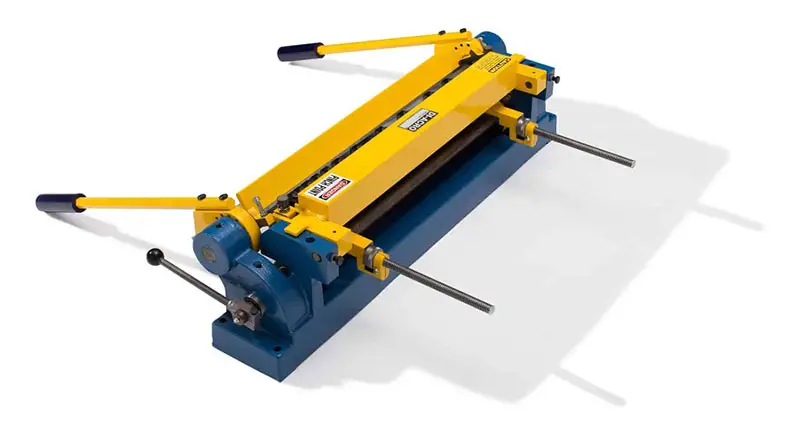
A press brake performs bending using punches and dies.
See also:
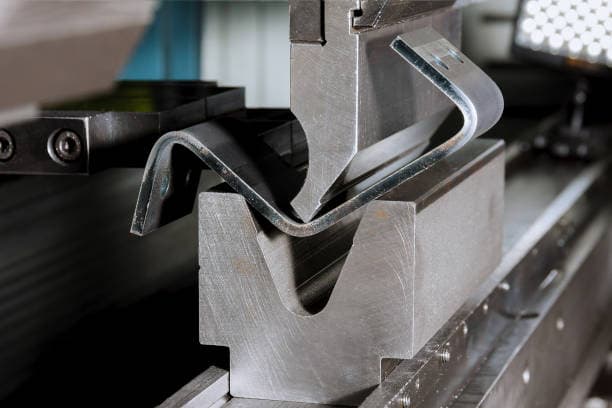
Advancements in technology have led to the creation of different types of press brakes, which include manual press brakes, mechanical press brakes, hydromechanical press brakes, hydraulic press brakes, and electro press brakes. Despite the various names, the term “press brake” still refers to the machine used for bending, as illustrated in the video below.
The terms “Brake Press” and “Press Brake” are indeed used interchangeably in the metal fabrication industry, both referring to a precision machine tool designed for bending sheet metal and plate. This versatile equipment is fundamental in sheet metal forming processes, allowing for the creation of complex bends and shapes with high accuracy.
Press brakes operate by applying controlled force to clamp the workpiece between a pair of precision-matched tools: the punch (top tool) and the die (bottom tool). This action creates a predetermined bend along a straight axis. The bending process can be customized through various factors including the die opening, punch radius, and applied force, allowing for a wide range of bend angles and profiles.
Several types of press brakes are available, each with distinct advantages:
1. Hydraulic Press Brakes: Utilize hydraulic cylinders for force generation, offering high tonnage capabilities and consistent pressure throughout the stroke.
2. Electric Press Brakes: Employ servo motors for motion control, providing energy efficiency, high-speed operation, and precise positioning.
3. Hybrid Press Brakes: Combine hydraulic power with electric servo control, balancing force capacity with precision and energy efficiency.
4. Mechanical Press Brakes: Though less common in modern fabrication, these use a flywheel and clutch mechanism for high-speed operation in specific applications.
While press brakes share some operational principles with stamping presses, they are specifically engineered for bending operations. This specialization allows for greater control over the bending process, crucial for achieving tight tolerances and complex geometries in sheet metal components.
Recent advancements in press brake technology have focused on enhancing precision, efficiency, and automation:
These technological advancements have made press brakes increasingly attractive to manufacturing companies across various sectors, from automotive and aerospace to HVAC and consumer electronics.
In conclusion, whether referred to as a “Brake Press” or “Press Brake,” this essential machine tool continues to evolve, offering manufacturers enhanced capabilities in precision metal forming and contributing significantly to modern fabrication processes.
Having explored the origins and functionality of press brakes, we’ve laid a foundation for understanding this crucial metal forming equipment. For those seeking to deepen their knowledge, our comprehensive guide to press brakes offers an in-depth exploration of this versatile machine. This resource covers a wide range of topics essential for both novices and experienced operators.

